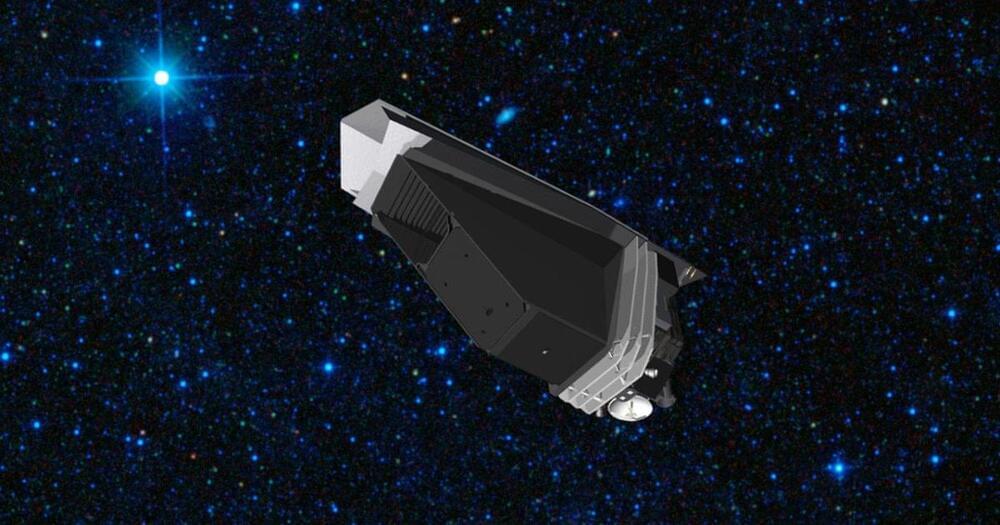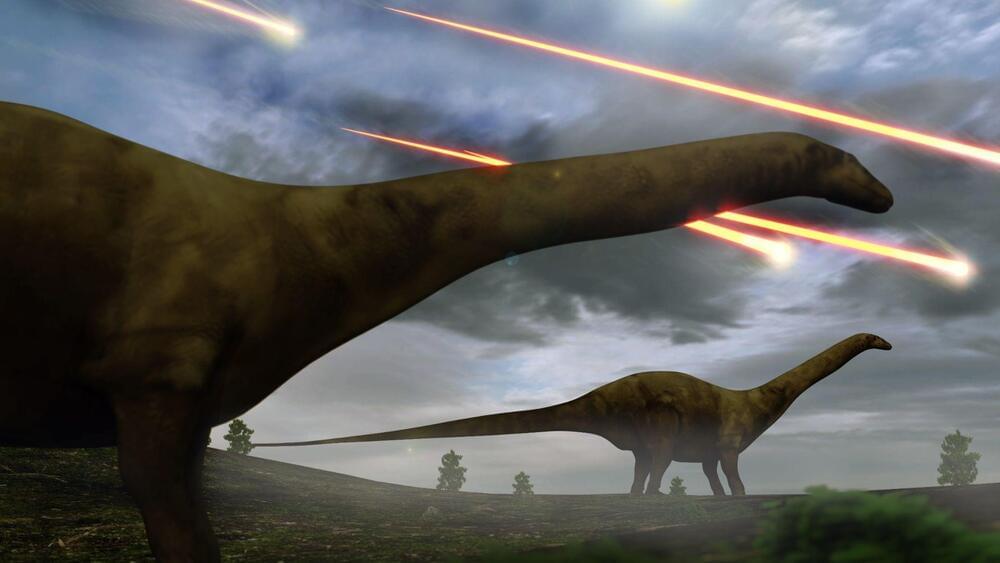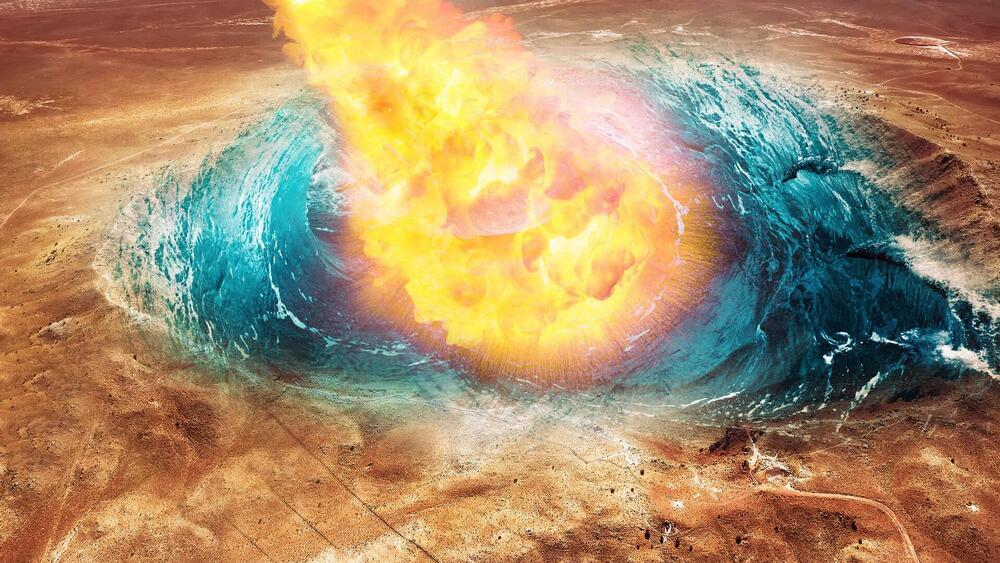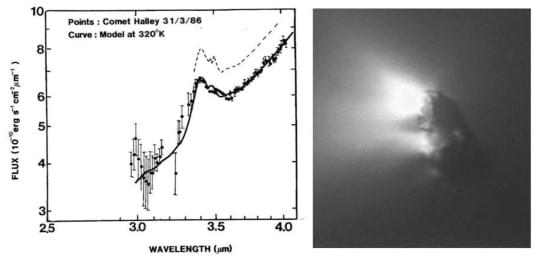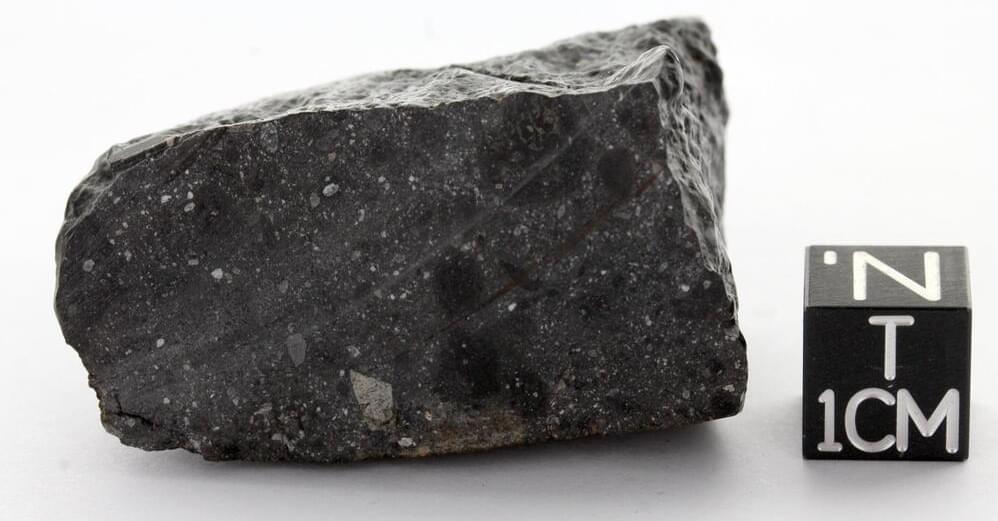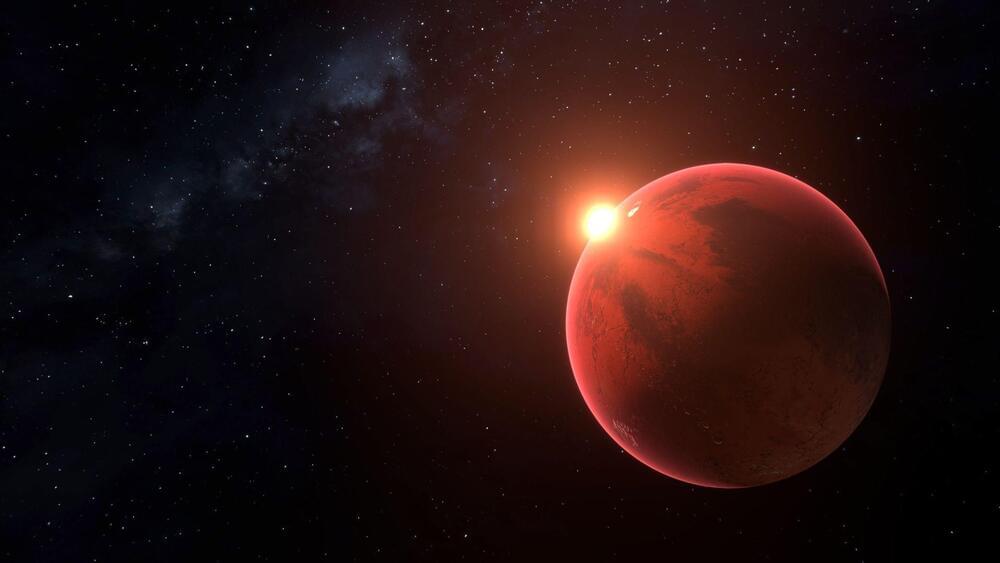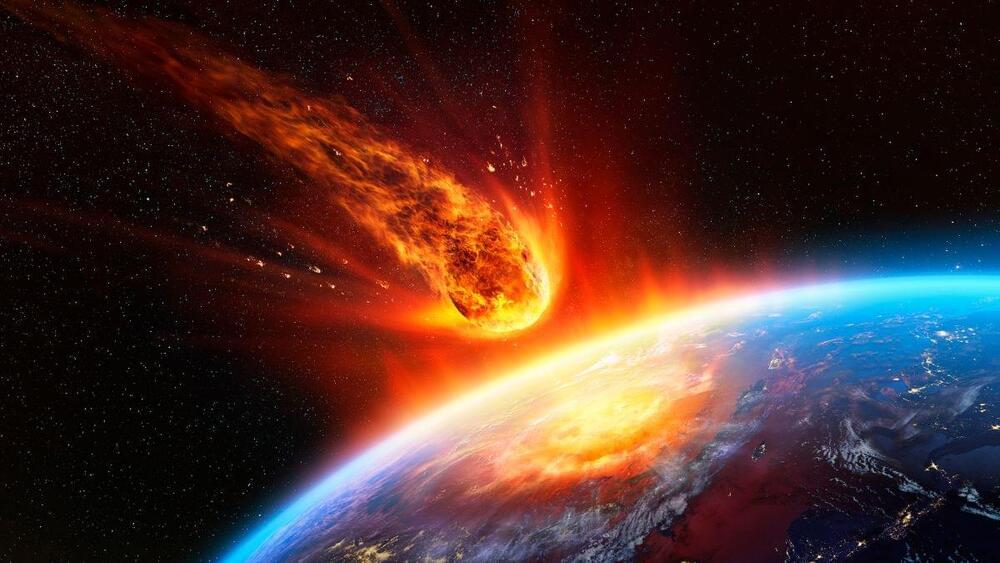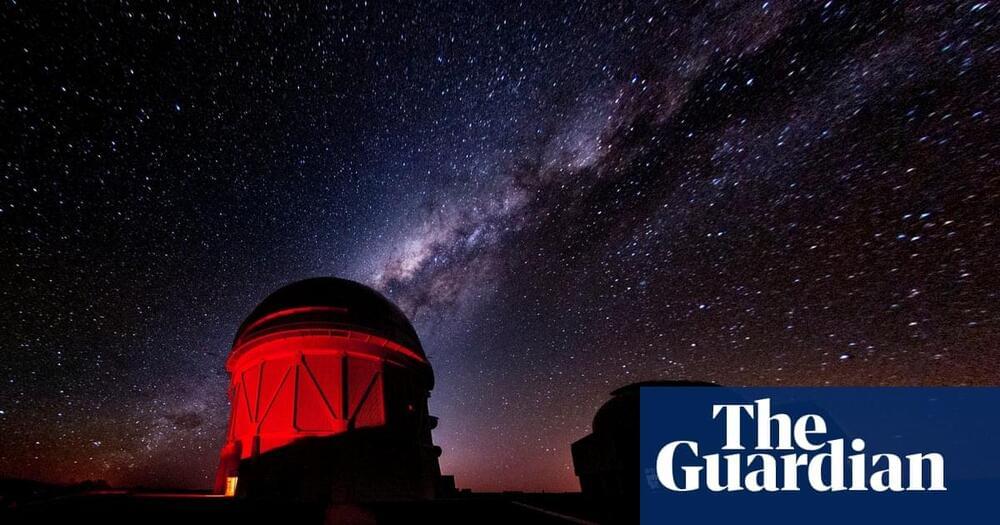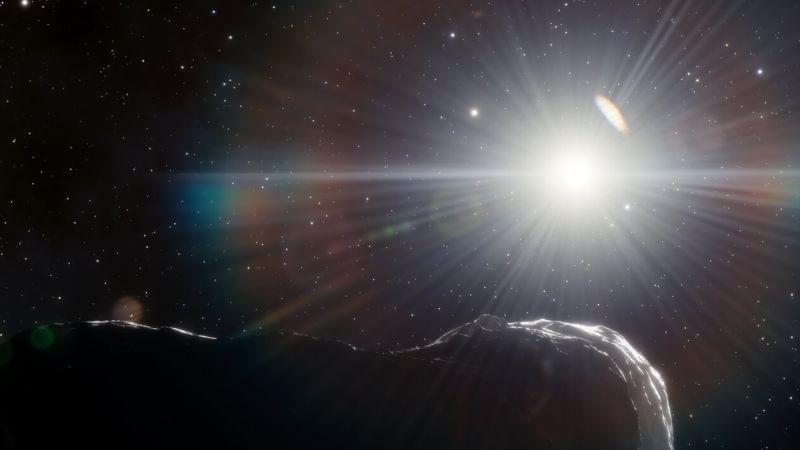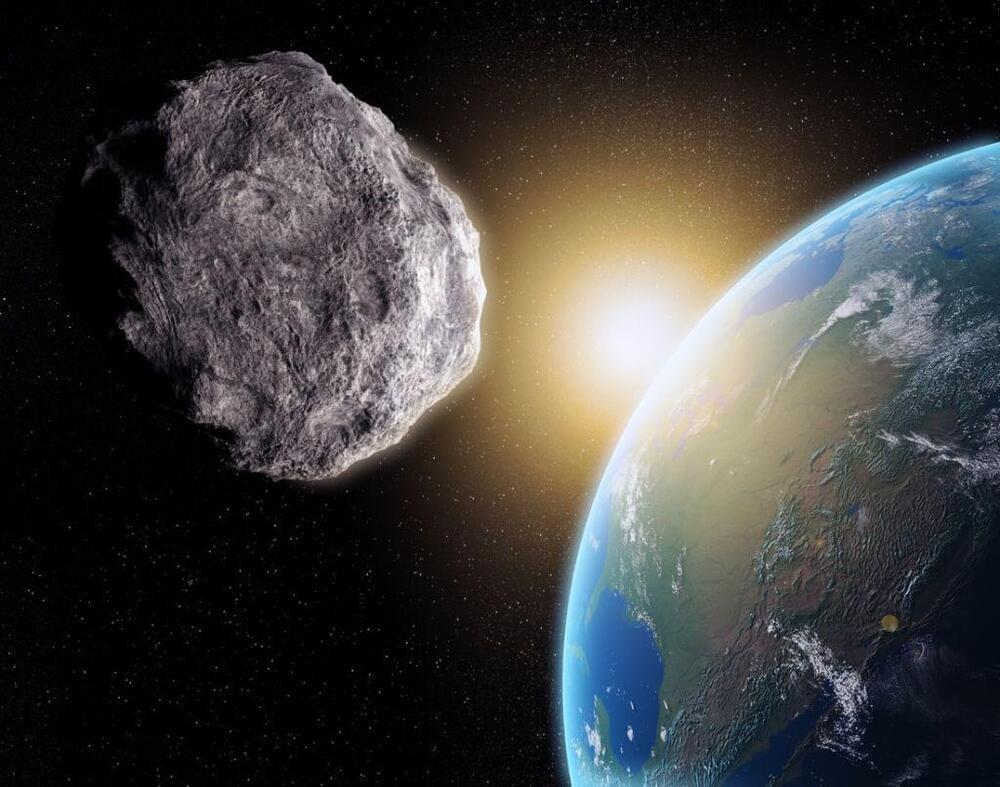Jan 4, 2023
NASA’s plan to identify dangerous asteroids takes a major step forward
Posted by Atanas Atanasov in categories: asteroid/comet impacts, economics, existential risks
The NEO Surveyor will be able to detect individual asteroid heat signatures.
NEO Surveyor is, as the name implies, a satellite specifically designed to survey objects near the Earth (NEO). One of its primary contributions will be to look for asteroids and other small bodies that are potentially on an eventual collision course with Earth but are invisible to typical NEO survey missions because of their location in the solar system.
Continue reading “NASA’s plan to identify dangerous asteroids takes a major step forward” »
